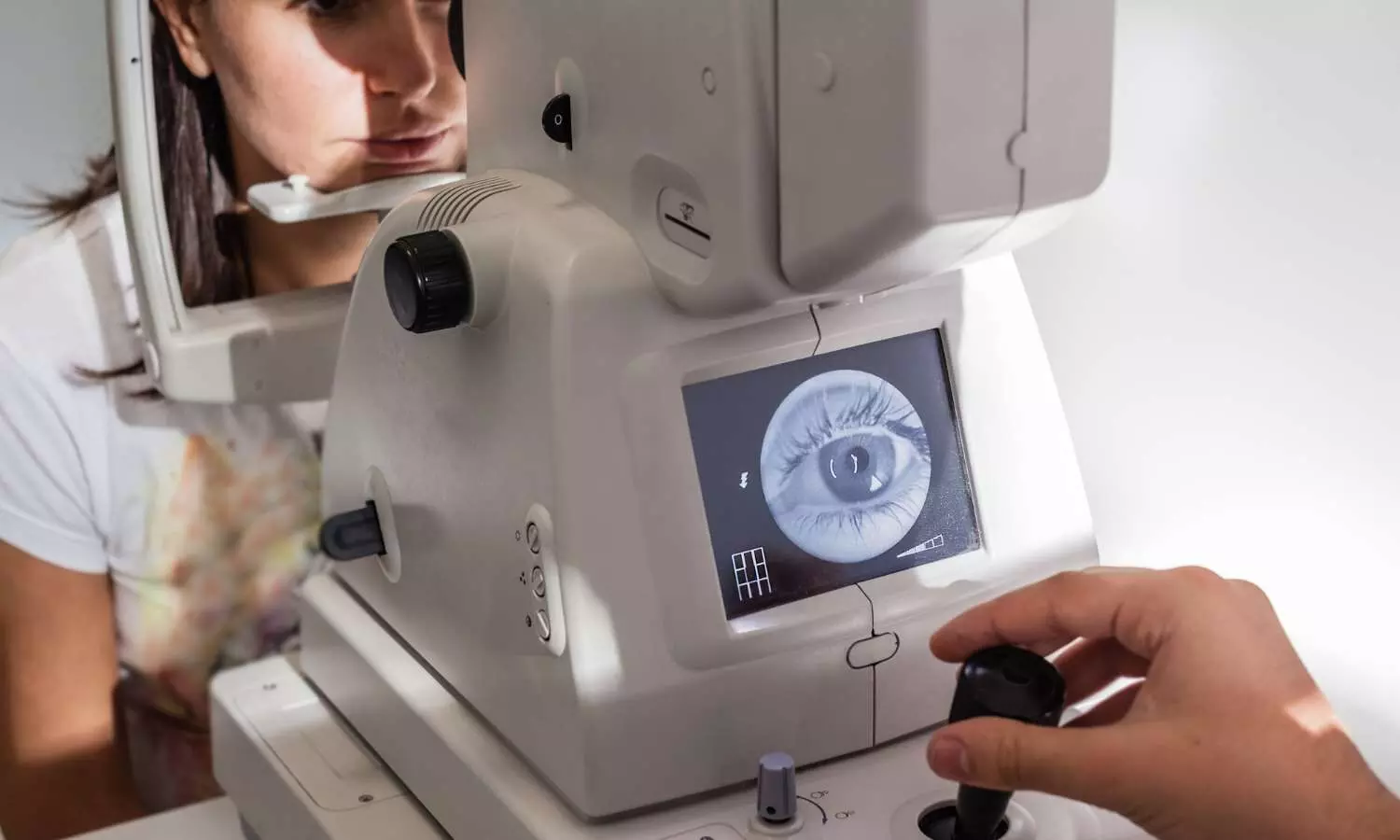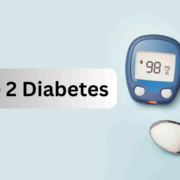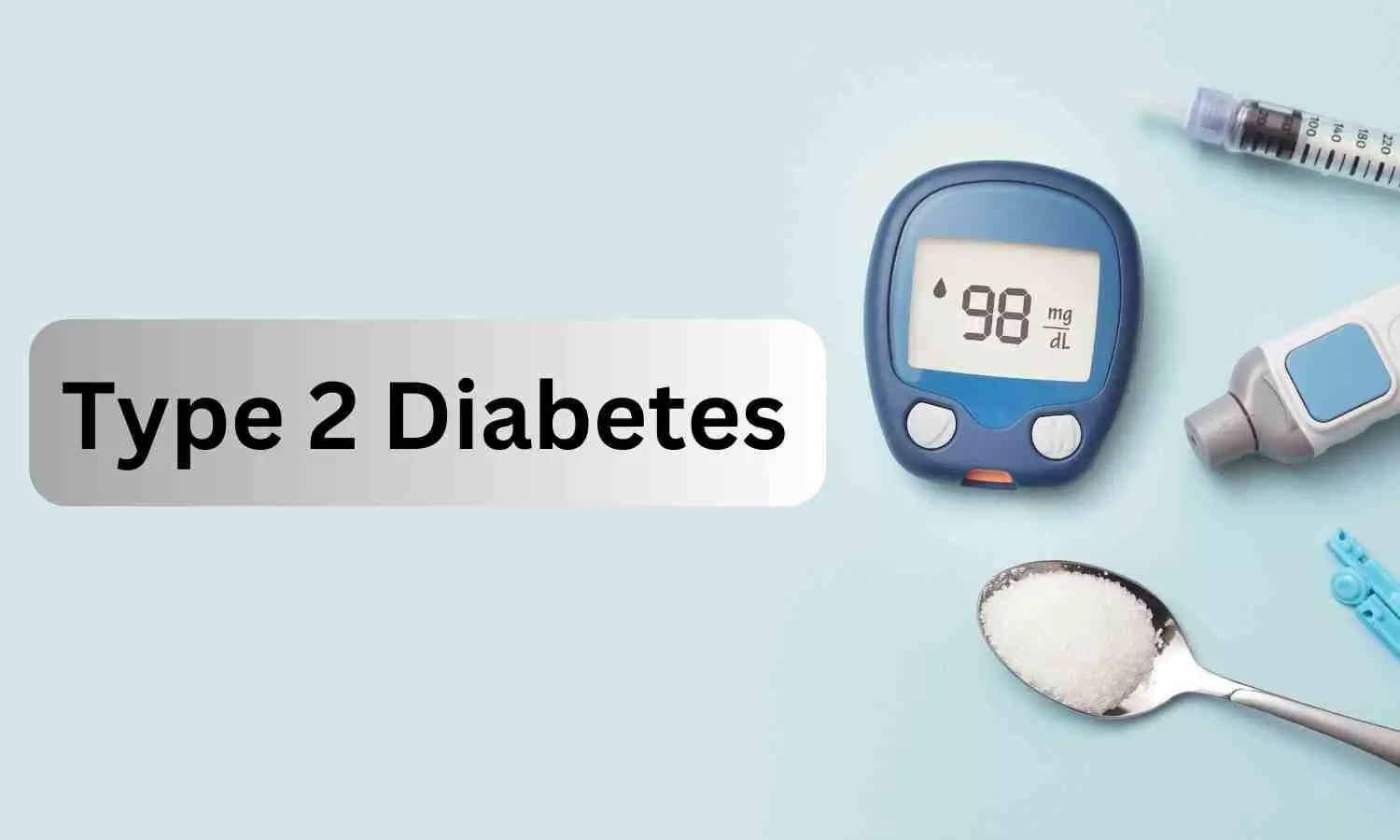Men at greater risk of major health effects of diabetes than women, suggests study

Men are at greater risk than women of the major health effects of diabetes (types 1 and 2), suggests a long term study published online in the Journal of Epidemiology & Community Health.
Rates of cardiovascular disease, leg, foot, and kidney complications, and the sight-threatening eye disease diabetic retinopathy are all higher in men, regardless of whether they had diabetes for more or less than 10 years, the findings show.
The global prevalence of diabetes is similar in men and women, and is projected to rise to 783 million by 2045, note the researchers.
But while cardiovascular disease is more common in men, overall, it’s not clear if this sex difference is apparent in the incidence of the complications associated with diabetes, say the researchers. Nor is it clear whether the length of time lived with diabetes might be influential, they add.
To explore this further, the researchers drew on survey responses from the 45 and Up Study, Australia, a large prospective study of 267,357 people over the age of 45 living in New South Wales (NSW).
These responses were linked to medical records for a total of 25,713 people, all of whom had either type 1 or type 2 diabetes, to monitor the development of any of the major health issues associated with diabetes
These include cardiovascular disease-ischaemic heart disease, mini stroke or TIA, stroke, heart failure, diabetic cardiomyopathy; eye problems-cataract, diabetic retinopathy; leg/foot problems-peripheral neuropathy (nerve damage), ulcers, cellulitis, osteomyelitis (bone inflammation), peripheral vascular disease (poor circulation), and minor or major amputation; and kidney problems-acute kidney failure, chronic kidney disease, chronic kidney failure, dialysis, and kidney transplant.
Almost half of the group were aged 60 to 74, and over half (57%; 14,697) were men, a higher proportion of whom were overweight (39% vs 29% of women) and had a history of heart disease.
Although a similar proportion of men and women were current smokers, a higher proportion of men were ex-smokers: 51% vs 29% of the women.
Of the 19,277 (75%) people with diabetes whose age was recorded at their diagnosis, 58% had been living with the disease for less than a decade and 42% had lived with it for 10 or more years.
Men had higher rates, and were at greater risk, of the complications associated with diabetes.
Over an average monitoring period of 10 years, and after factoring in age, 44% of the men experienced a cardiovascular disease complication while 57% had eye complications. Similarly, 25% of the men had leg/foot complications, and 35% kidney complications. The equivalent figures for women were, respectively, 31%, 61%, 18% and 25%.
Overall, men were 51% more likely to develop cardiovascular disease than women, 47% more likely to have leg and foot complications, and 55% more likely to have kidney complications.
Although there was little difference in the overall risk of eye complications between the sexes, men were at slightly higher risk (14%) of diabetic retinopathy.
While complication rates rose in tandem with the number of years lived with diabetes for both men and women, the sex difference in complication rates persisted.
By way of an explanation, the researchers point out that the men in the study were more likely to have well known risk factors. Men may also be less likely to make lifestyle changes, take preventive meds, or get health checks to lower their risks, they suggest.
This is an observational study, and as such, no firm conclusions can be drawn about causal factors, added to which people with a history of complications were excluded from the study. And information on potentially influential factors, such as diabetes medications, and glucose, blood fat, and blood pressure control wasn’t available.
But based on their findings, the researchers suggest: “For every 1000 people with diabetes, our findings suggest that an average of 37, 52, 21, and 32 people will develop cardiovascular disease, eye, lower limb, and kidney complications every year.”
While the risks of complications are lower in women with diabetes, they are still high, emphasise the researchers.
And they conclude: “Although men with diabetes are at greater risk of developing complications, in particular [cardiovascular disease], kidney and lower-limb complications, the rates of complications are high in both sexes.
“The similar sex difference for those with shorter compared with longer diabetes duration highlights the need for targeted complication screening and prevention strategies from the time of diabetes diagnosis.
“Further investigation into the underlying mechanisms for the observed sex differences in diabetes complications are needed to inform targeted interventions.”
Reference:
Gibson AA, Cox E, Schneuer FJ, et alSex differences in risk of incident microvascular and macrovascular complications: a population-based data-linkage study among 25 713 people with diabetesJ Epidemiol Community Health Published Online First: 16 May 2024. doi: 10.1136/jech-2023-221759.
Powered by WPeMatico



















